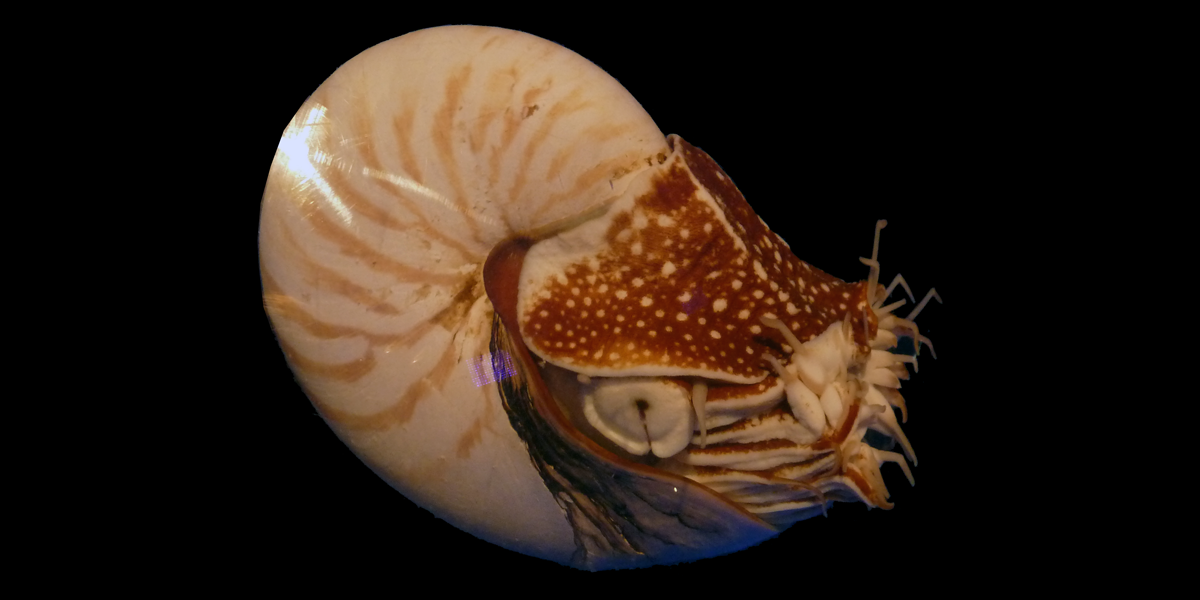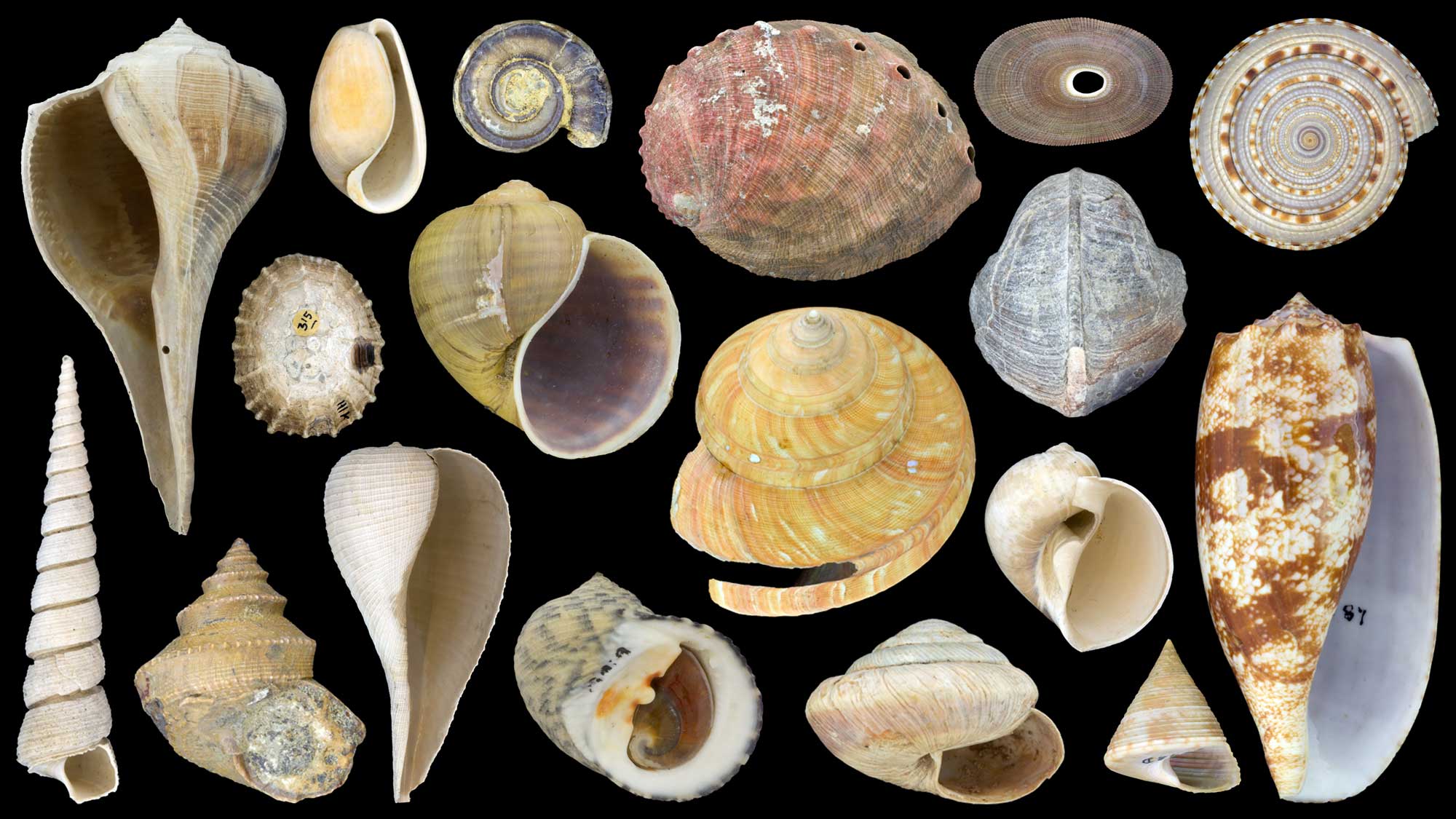Overview
With over 70,000 living species (Rosenburg, 2014), the phylum Mollusca is second only to the Arthropoda in terms of total species diversity. The great diversity of mollusks is owed at least in part to their success in occupying most habitats on earth, including the marine realm, freshwater lakes and rivers, and even land. Some are filter feeders, some are herbivores, and some are deadly predators. The strong, easily-preserved shells of mollusks have left behind a rich Cambrian to Pleistocene fossil record and they have long been important subjects of macroevolutionary analyses of the fossil record.

Plio-Pleistocene fossil shells (bivalves and gastropods) at a quarry in southern Florida. Photograph by Jonathan R. Hendricks.
The major classes of mollusks include bivalves (e.g., clams, scallops, oysters, etc.), gastropods (snails and slugs), and cephalopods (e.g., squids, octopuses, and ammonites). Detailed chapters about each of these groups may be accessed below. Smaller classes of mollusks include scaphopods (tusk shells), polyplacophorans (chitons), aplacophorans, monoplacophorans, and rostroconchs (an extinct class).
While mollusks have evolved a great diversity of forms (compare a clam with a squid!), they all share several important features in common:
- Mantle: A skin-like layer that is responsible for generating the shell.
- Mantle cavity: A space created by the mantle that holds important organs, especially the gills.
- Radula: A strap-like feeding structure used for scraping (lost in bivalves).
Major Molluscan Classes
Learn more about the three major groups of mollusks using the links below.






